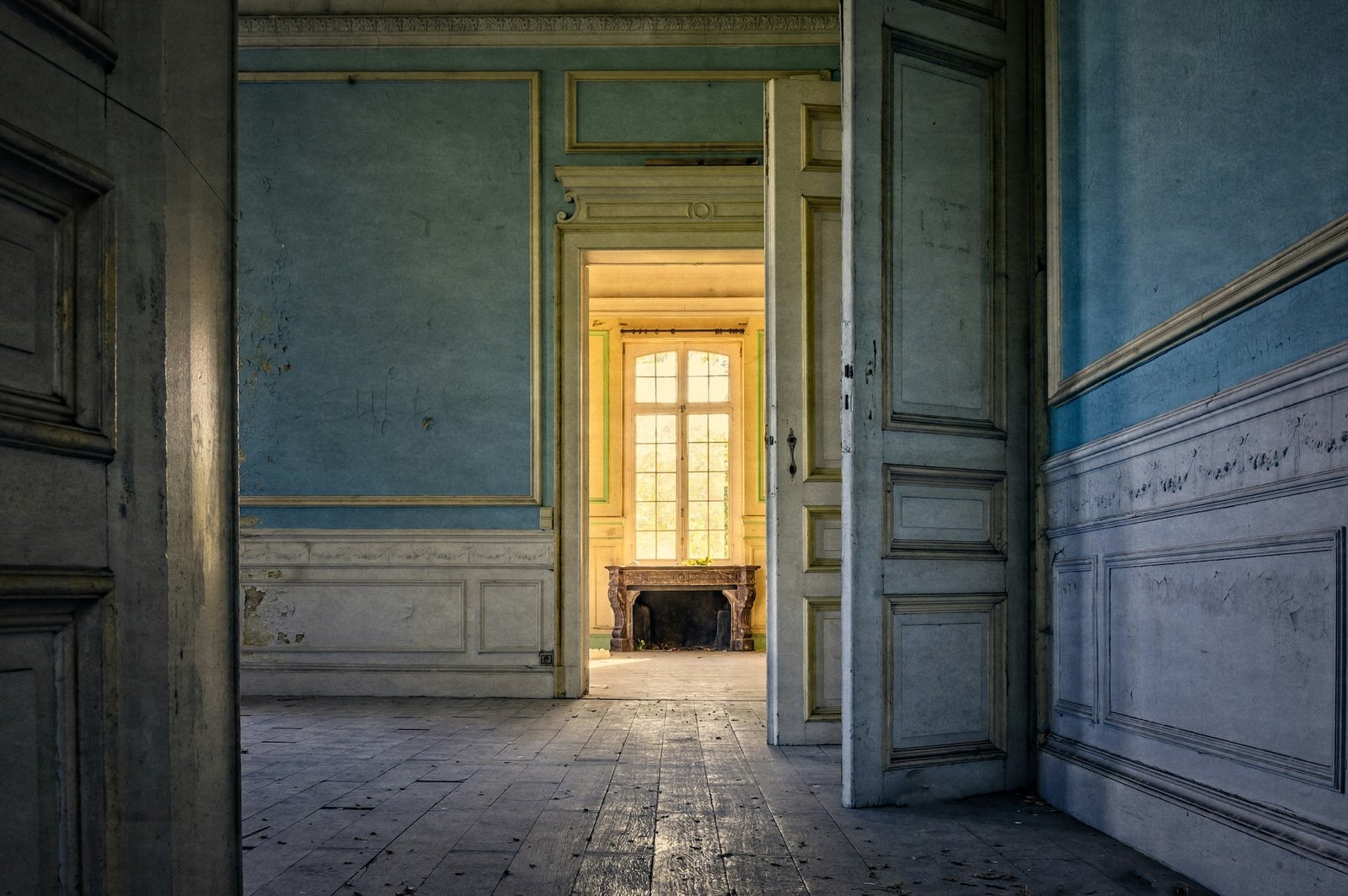Buying an old house can be an exciting adventure. These properties often come with unique architectural features, charm, and a sense of history. However, old houses can also come with their own set of challenges. Before committing to purchasing an older property, it’s crucial to conduct a thorough inspection to identify any potential issues that could turn your dream home into a money pit.
Here’s a comprehensive guide on things you should check before buying old ancestral houses:
1. Structural Integrity
The first thing to assess in an old house is its structural integrity. Look for signs of foundation problems, such as cracks in the walls, uneven floors, or doors and windows that don’t close properly. Check the basement or crawl space for signs of water damage or mold, which can compromise the foundation over time. Consulting a structural engineer can provide a detailed evaluation of the home’s stability.
2. Roof Condition
The roof is one of the most critical components of any home. Inspect the roof for missing or damaged shingles, signs of sagging, or leaks. An aging roof may require replacement, which can be a significant expense. Pay attention to the gutters and downspouts as well, ensuring they are in good condition and directing water away from the house.
3. Electrical System
Older homes often have outdated electrical systems that may not meet current safety standards. Look for old wiring, such as knob-and-tube or aluminum wiring, which can be fire hazards. Ensure the electrical panel has sufficient capacity for modern appliances and electronics. Hiring a licensed electrician to inspect the system can help identify any necessary upgrades.
4. Plumbing System
Inspect the plumbing system for leaks, corrosion, and outdated materials. Galvanized steel pipes, common in older homes, are prone to rust and can affect water quality and pressure. Check for water stains on ceilings and walls, which could indicate leaks. Ensure all faucets, toilets, and drains are functioning properly.
5. Ventilation and Airconditioning System
Ventilation, exhaust, and air conditioning systems in old houses may be inefficient or nearing the end of their lifespan. Inspect the furnace, boiler, and air conditioning units for signs of wear and tear. Ask about the age of the equipment and whether it has been regularly maintained. Proper insulation and ventilation are also crucial for maintaining energy efficiency and indoor air quality.
6. Windows and Doors
Windows and doors in old houses can be charming but may also be drafty and energy-inefficient. Check for signs of rot, warped frames, and broken glass. Ensure that all windows and doors open and close properly, and consider the potential costs of replacing or restoring them to improve energy efficiency and security.
7. Insulation
Older homes may lack adequate insulation, leading to higher energy bills and less comfortable living conditions. Inspect the attic, walls, and basement for insulation. Upgrading insulation can significantly improve energy efficiency and reduce heating and cooling costs.
8. Hazardous Materials
Many old houses contain hazardous materials such as lead paint and asbestos. Lead paint is commonly found in homes built before 1978, while asbestos was used in insulation, flooring, and other building materials until the 1980s. Testing for these materials and addressing any issues is crucial for the safety of the occupants, especially children and pets.
9. Historical Preservation
If the old house is a historical property, there may be restrictions on what you can and cannot do in terms of renovations. Check with local historical societies or preservation boards to understand the rules and regulations. While preserving the character of the house can be rewarding, it can also add complexity and cost to renovation projects.
10. Pest Damages
Pest damage is a critical aspect of inspecting an old house. Termites, carpenter ants, and other wood-destroying insects can cause significant structural damage that may not be immediately visible. Look for signs of pest infestation, such as:
- Hollow-sounding wood: Tap on wooden structures to check for hollow sounds, which can indicate internal damage.
- Mud tubes: Termites often build mud tubes along foundations or walls as they travel between their nest and food source.
- Frass: This is the term for insect droppings or wood shavings left behind by pests like carpenter ants or beetles.
- Visible insects: Seeing live insects, especially near wood structures, is a red flag.
Hiring a professional pest inspector can help identify and assess the extent of any pest-related damage. They can also recommend treatment options and preventive measures to protect the home from future infestations.
11. Exterior Condition
Inspect the exterior of the house, including the siding, paint, and landscaping. Look for signs of peeling paint, rotting wood, and overgrown vegetation. Ensure that the grading around the house slopes away from the foundation to prevent water intrusion. Proper maintenance of the exterior is essential to protect the structural integrity and curb appeal of the home.
12. Interior Features
Finally, examine the interior features of the house, including floors, walls, ceilings, and built-in fixtures. Look for signs of water damage, cracks, and other imperfections that may indicate underlying issues. Pay attention to the condition of original features, such as hardwood floors, moldings, and fireplaces, which can add value and character to the home.
Buying an old house can be a rewarding experience, but it requires careful consideration and due diligence. By thoroughly inspecting the structural integrity, roof, electrical and plumbing systems, HVAC, windows, doors, insulation, and potential hazards, you can uncover any hidden issues and make informed decisions. Don’t forget to include a detailed pest control damage inspection to protect your investment from the destructive effects of pests. With proper care and maintenance, an old house can become a cherished home filled with history and charm.

